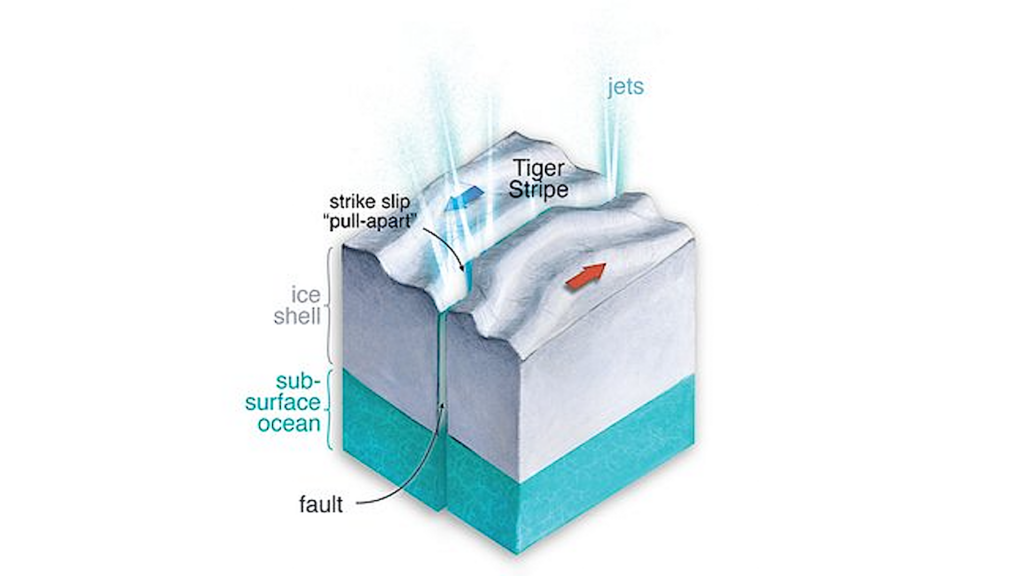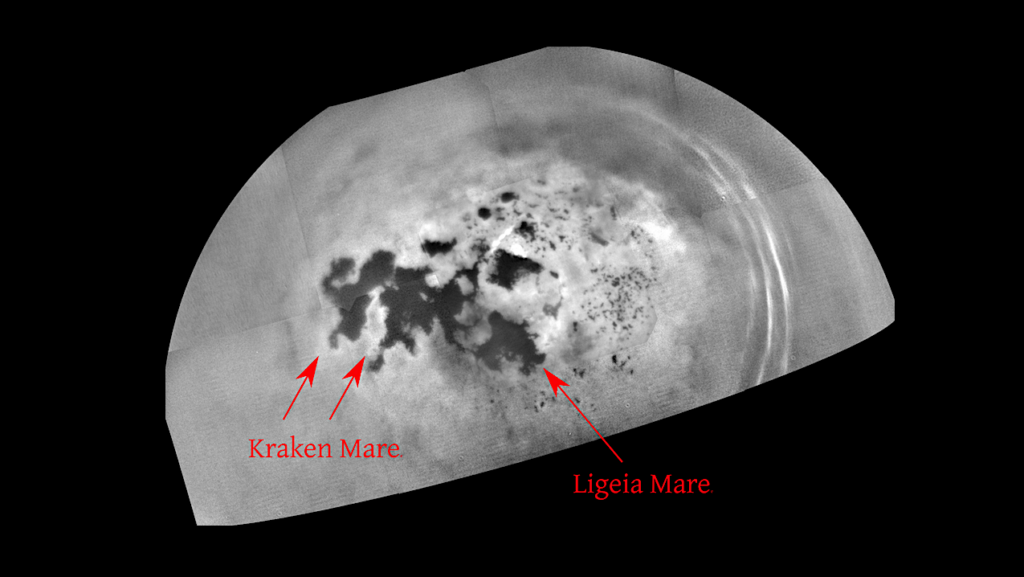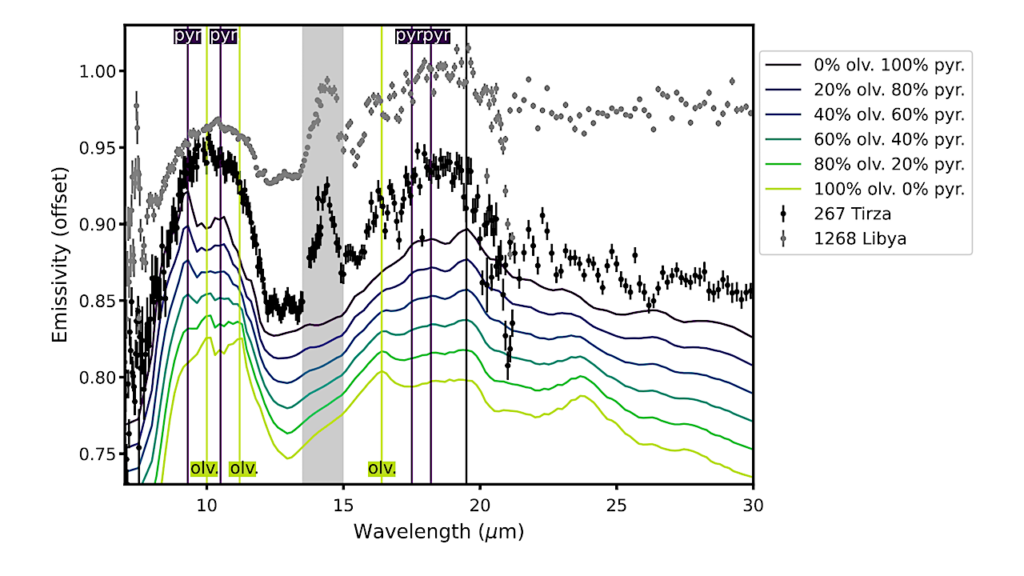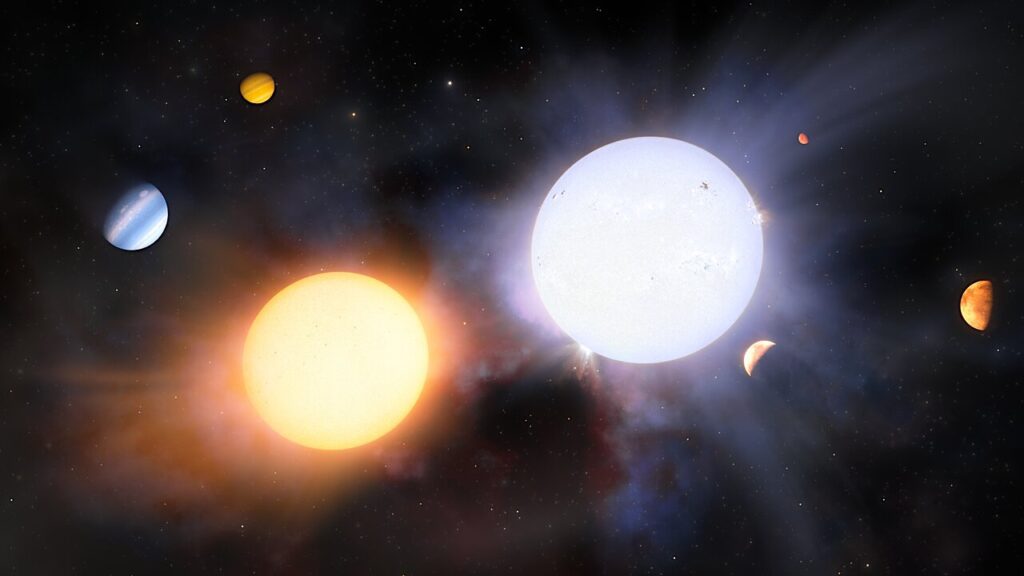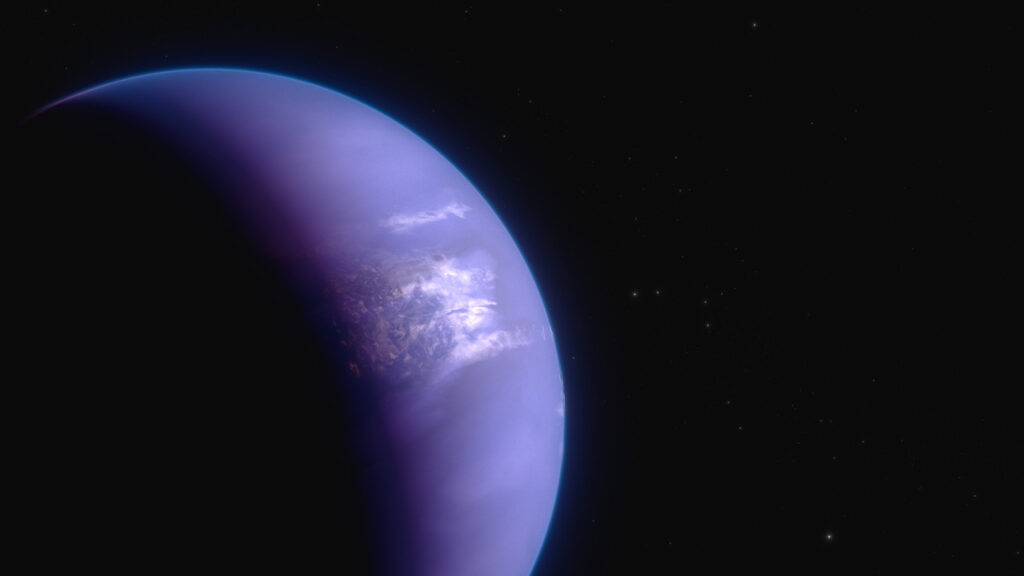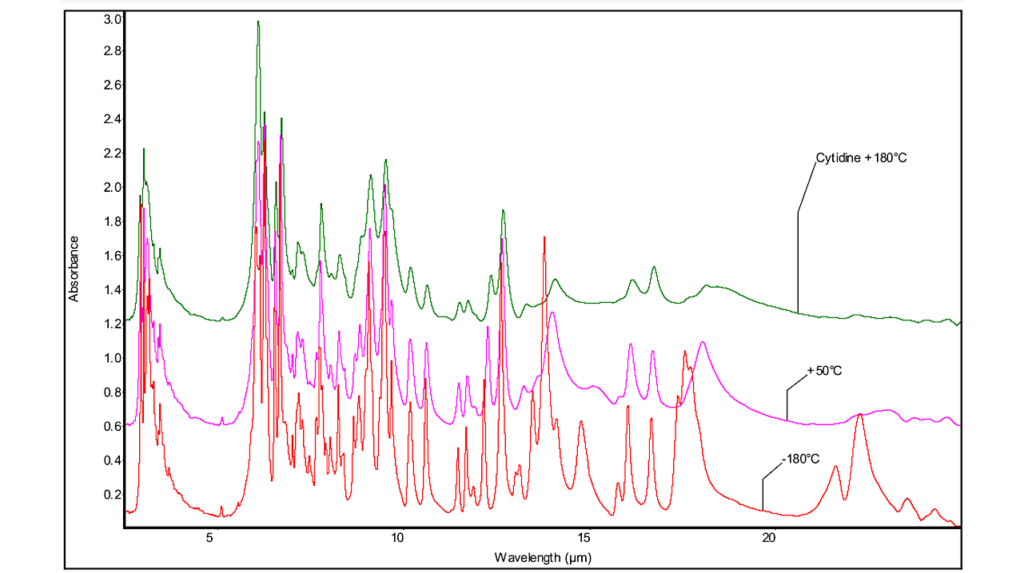SUNRISE: The Rich Molecular Inventory Of High-redshift Dusty Galaxies Revealed By Broadband Spectral Line Surveys
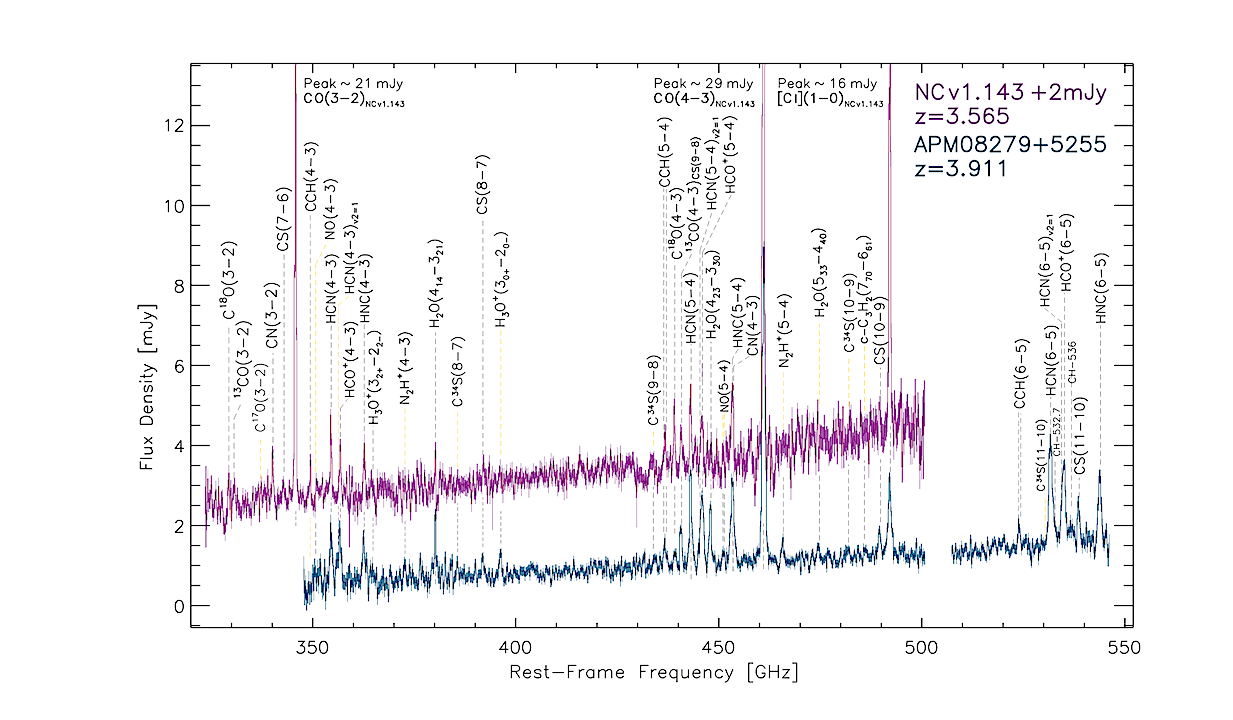
Understanding the nature of high-z dusty galaxies requires a comprehensive view of their ISM and molecular complexity. However, the molecular ISM at high-z is commonly studied using only a few species beyond CO, limiting our understanding. In this paper, we present the results of deep 3 mm spectral line surveys using the NOEMA targeting two lensed dusty galaxies: APM 08279+5255 (APM), a quasar at redshift z=3.911, and NCv1.143 (NC), a z=3.565 starburst galaxy.
The spectral line surveys cover rest-frame frequencies from about 330-550 GHz. We report the detection of 38 and 25 emission lines in APM and NC, respectively. The spectra reveal the chemical richness and the complexity of the physical properties of the ISM. By comparing the spectra of the two sources and combining the gas excitation analysis, we find that the physical properties and the chemical imprints of the ISM are different between them: the molecular gas is more excited in APM, exhibiting higher molecular-gas temperatures and densities compared to NC; the chemical abundances in APM are akin to the values of local AGN, showing boosted relative abundances of the dense gas tracers that might be related to high-temperature chemistry and/or XDRs, while NC more closely resembles local starburst galaxies.
The most significant differences are found in H2O, where the 448GHz H2O line is significantly brighter in APM, likely linked to the intense far-infrared radiation from the dust powered by AGN. Our astrochemical model suggests that at such high column densities, FUV radiation is less important in regulating the ISM, while CRs (X-rays/shocks) are the key players in shaping the abundance of the molecules and the initial conditions of star formation. Such deep spectral line surveys open a new window to study the physical and chemical properties of the ISM and the radiation field of galaxies in the early Universe. (abridged)
Chentao Yang, Alain Omont, Sergio Martín, Thomas G. Bisbas, Pierre Cox, Alexandre Beelen, Eduardo González-Alfonso, Raphaël Gavazzi, Susanne Aalto, Paola Andreani, Cecilia Ceccarelli, Yu Gao, Mark Gorski, Michel Guélin, Hai Fu, R. J. Ivison, Kirsten K. Knudsen, Matthew Lehnert, Hugo Messias, Sebastien Muller, Roberto Neri, Dominik Riechers, Paul van der Werf, Zhi-Yu Zhang
Comments: Accepted for publication in A&A. 39 pages (including 9 pages of Appendix)
Subjects: Astrophysics of Galaxies (astro-ph.GA)
Cite as: arXiv:2308.07368 [astro-ph.GA] (or arXiv:2308.07368v2 [astro-ph.GA] for this version)
https://doi.org/10.48550/arXiv.2308.07368
Submission history
From: Chentao Yang
[v1] Mon, 14 Aug 2023 18:00:03 UTC (15,797 KB)
[v2] Mon, 2 Oct 2023 15:56:35 UTC (16,181 KB)
[v3] Sun, 22 Oct 2023 12:44:56 UTC (16,186 KB)
https://arxiv.org/abs/2308.07368v2
Astrobiology, Astrochemistry, Astronomy,


